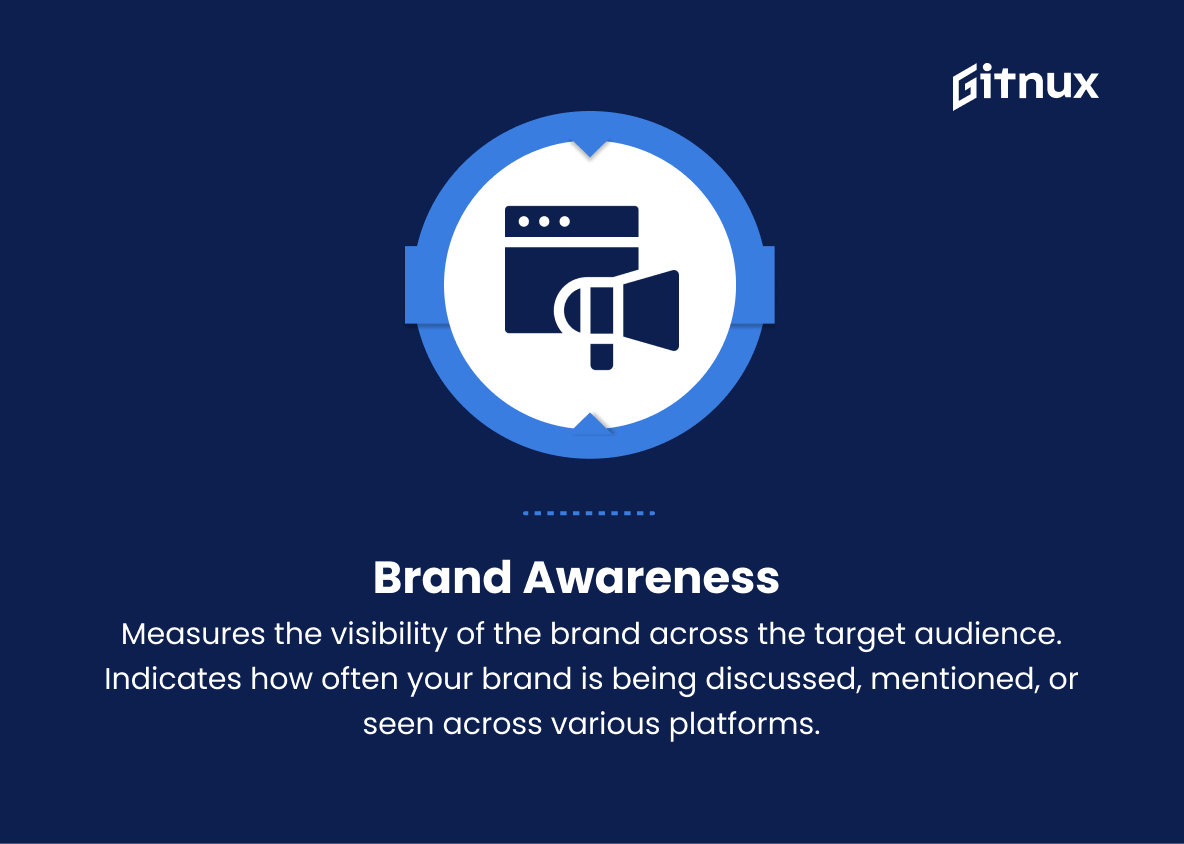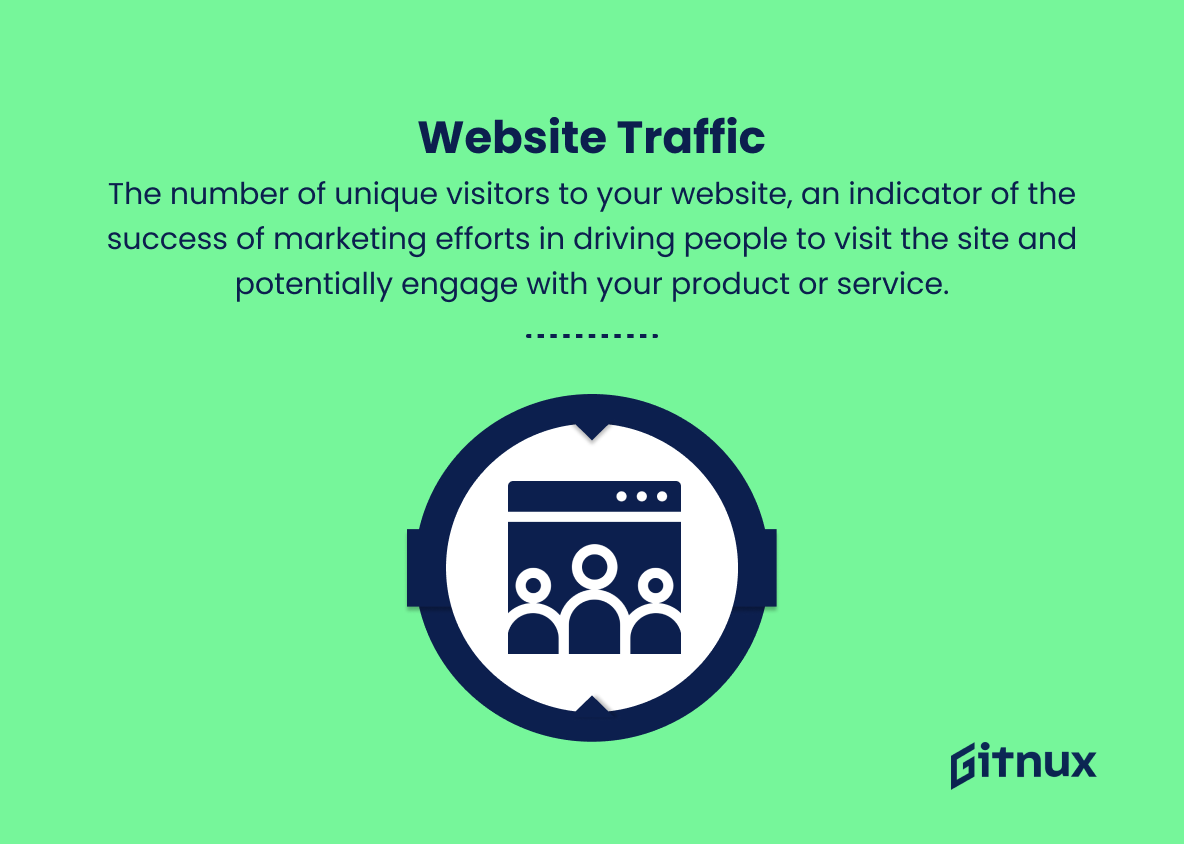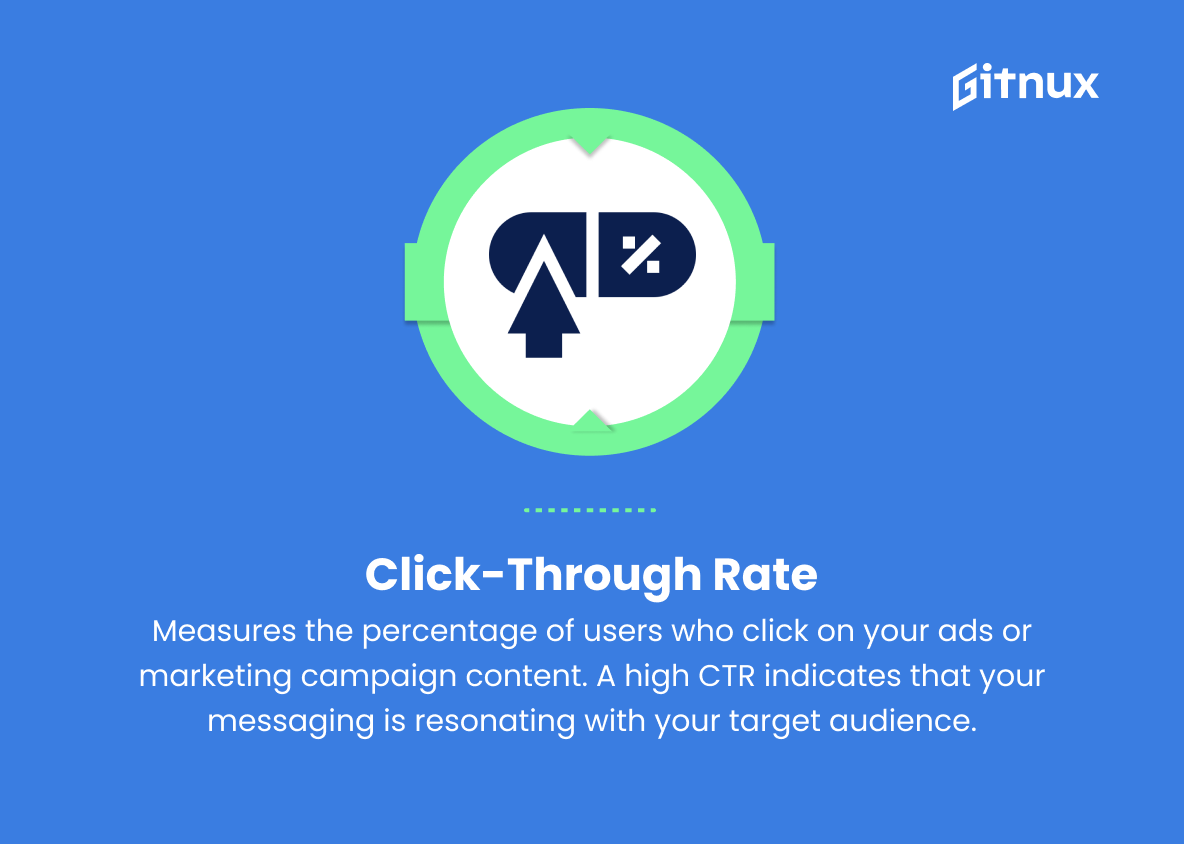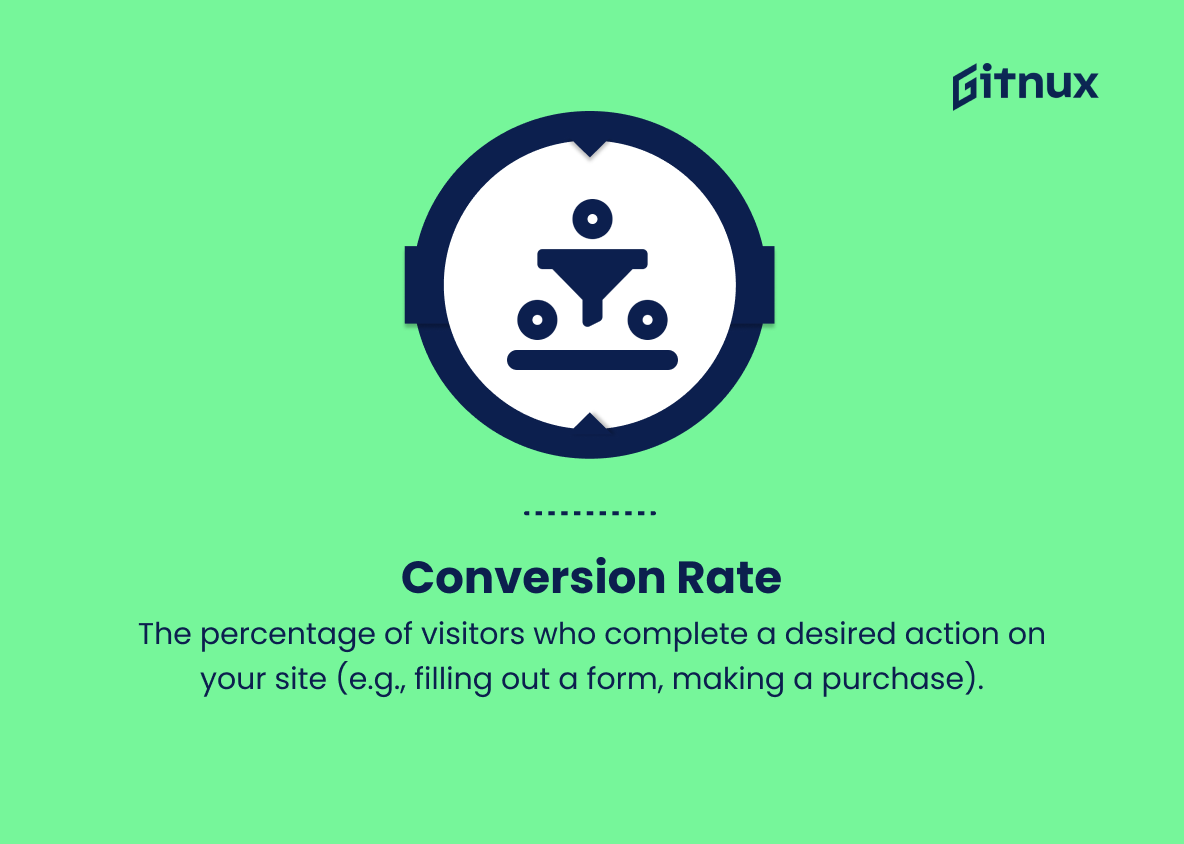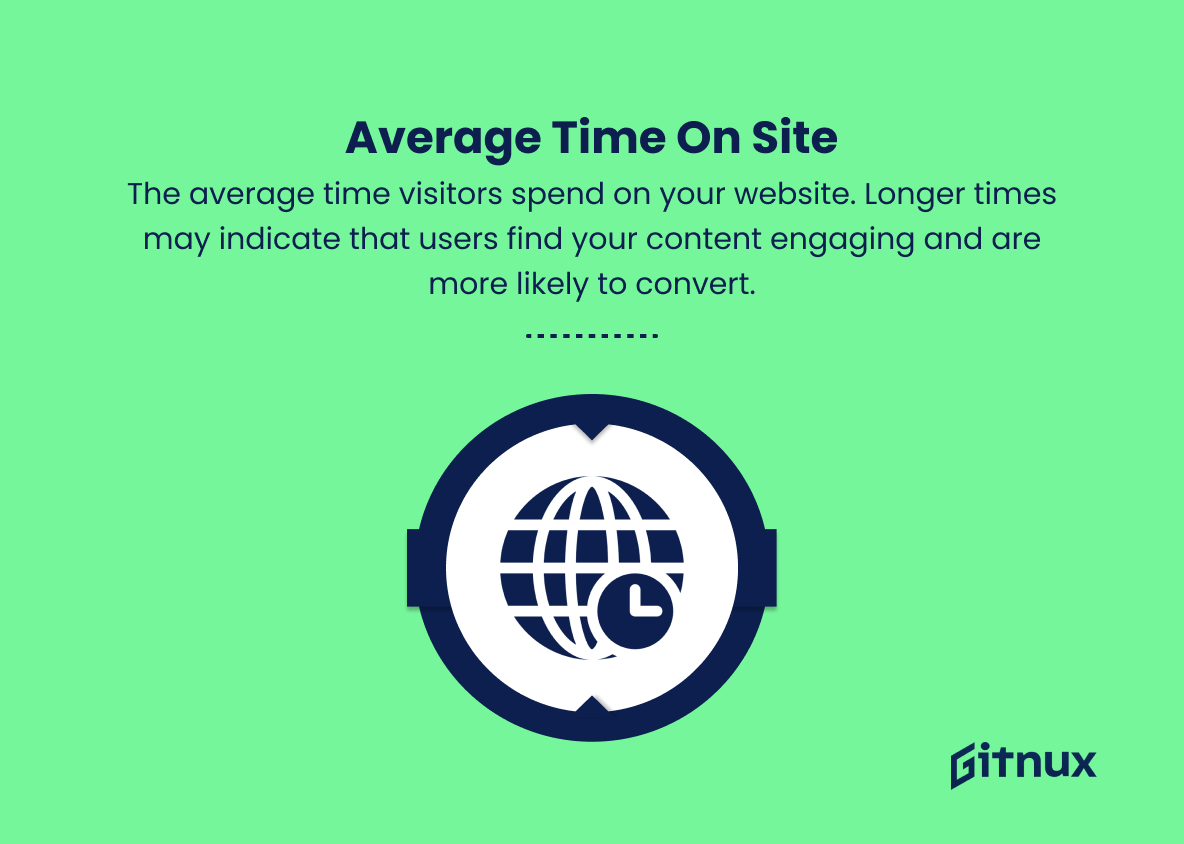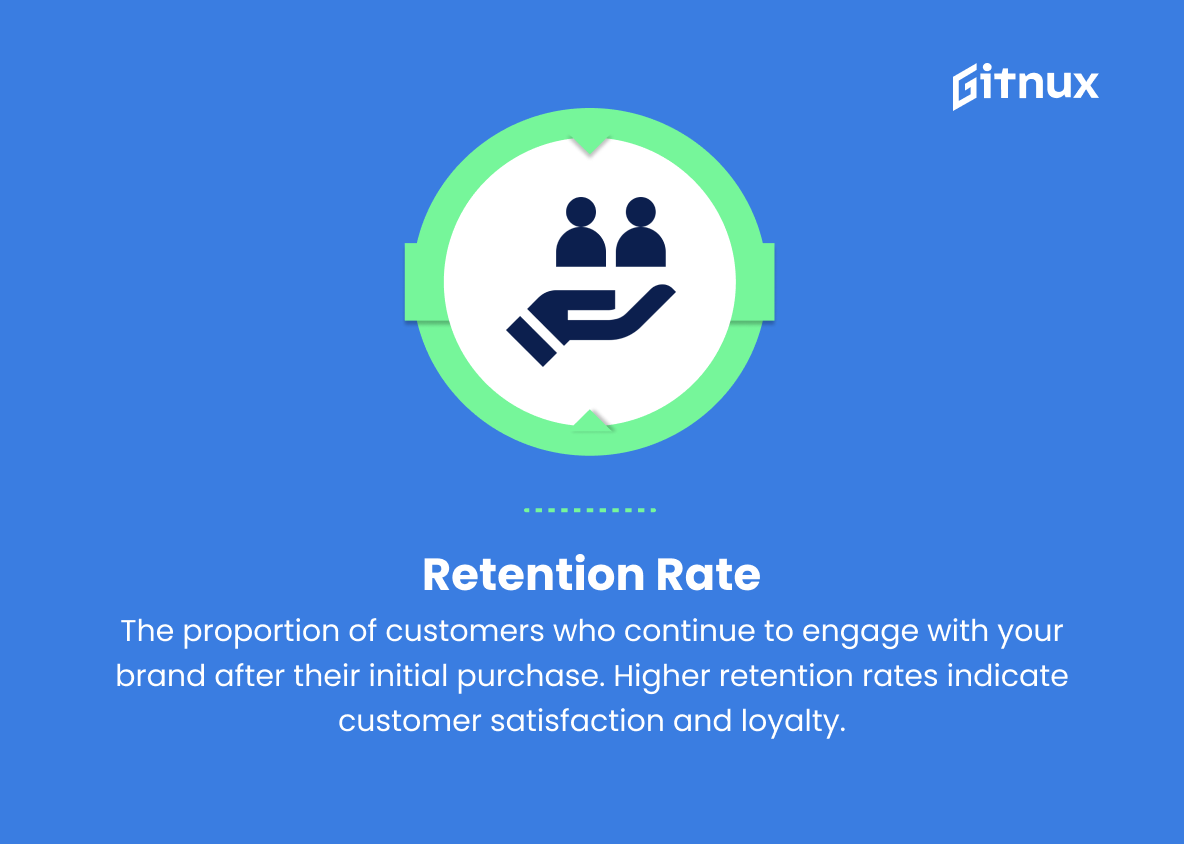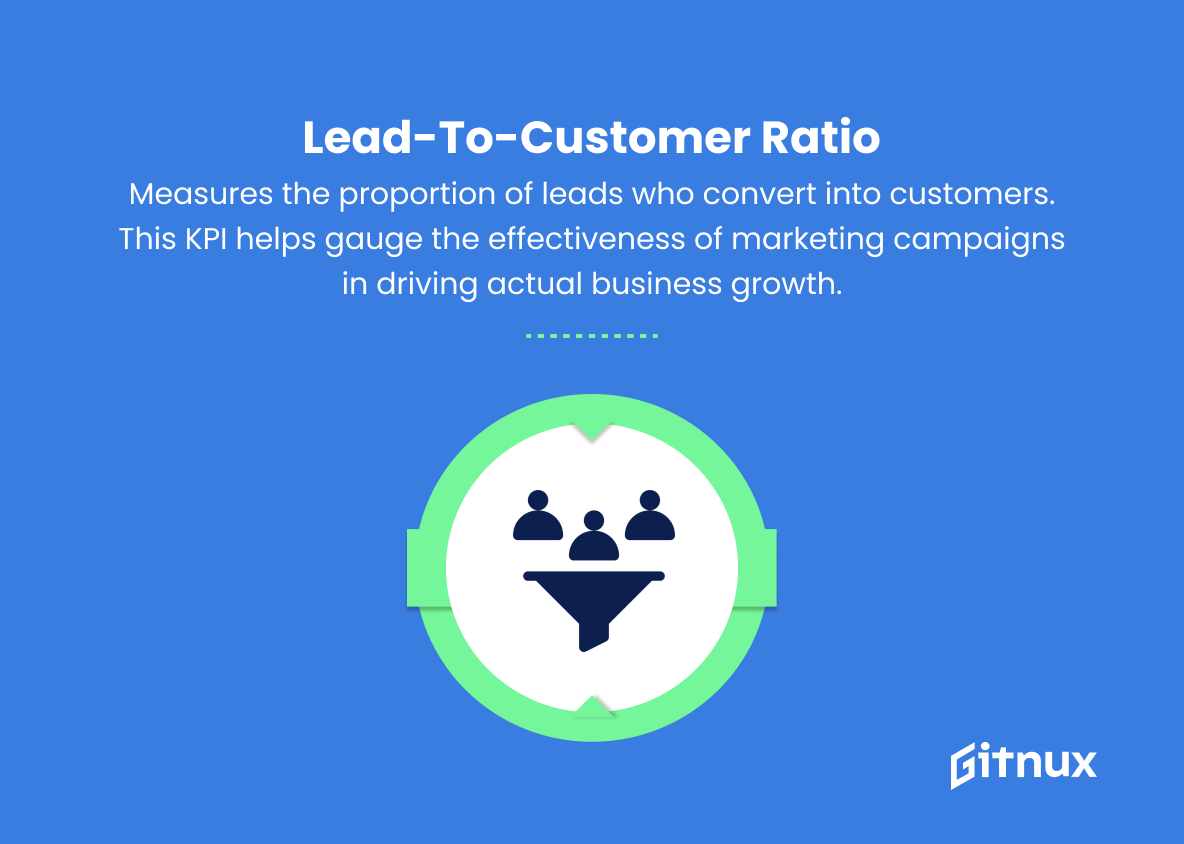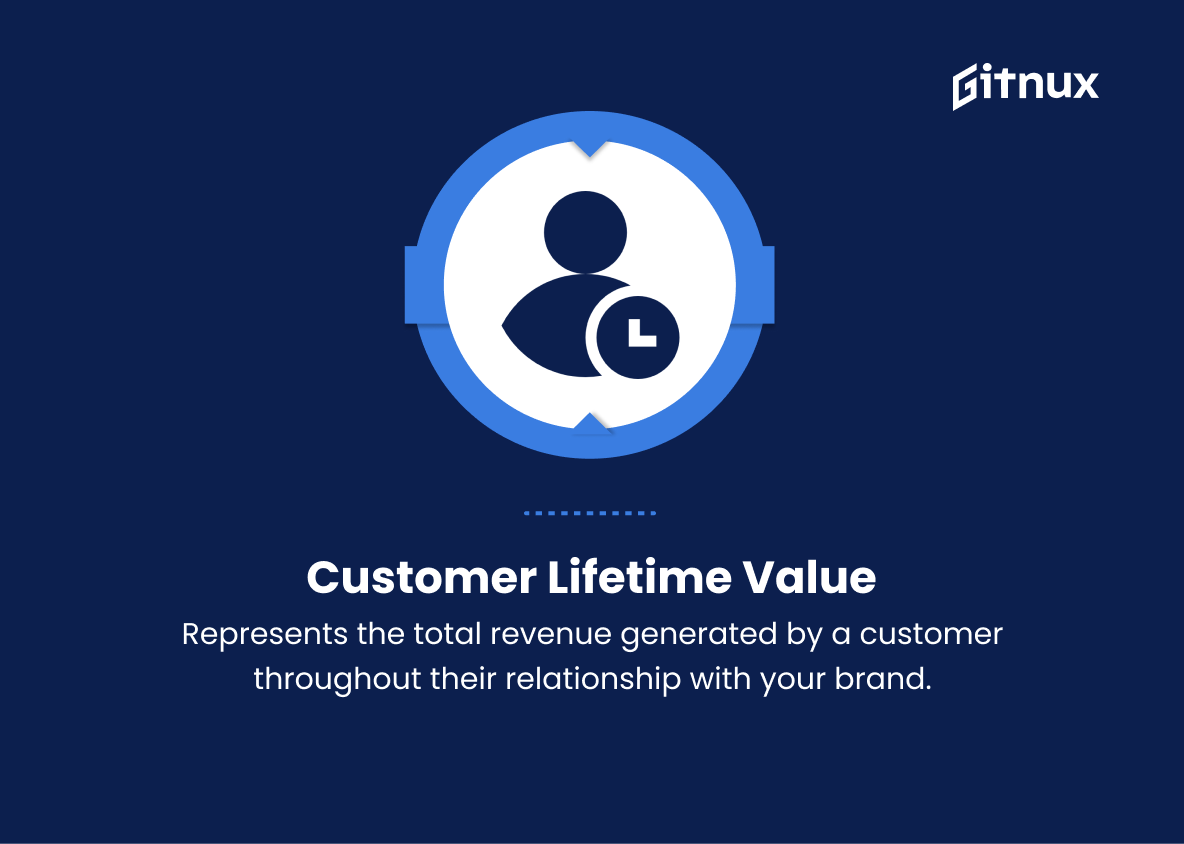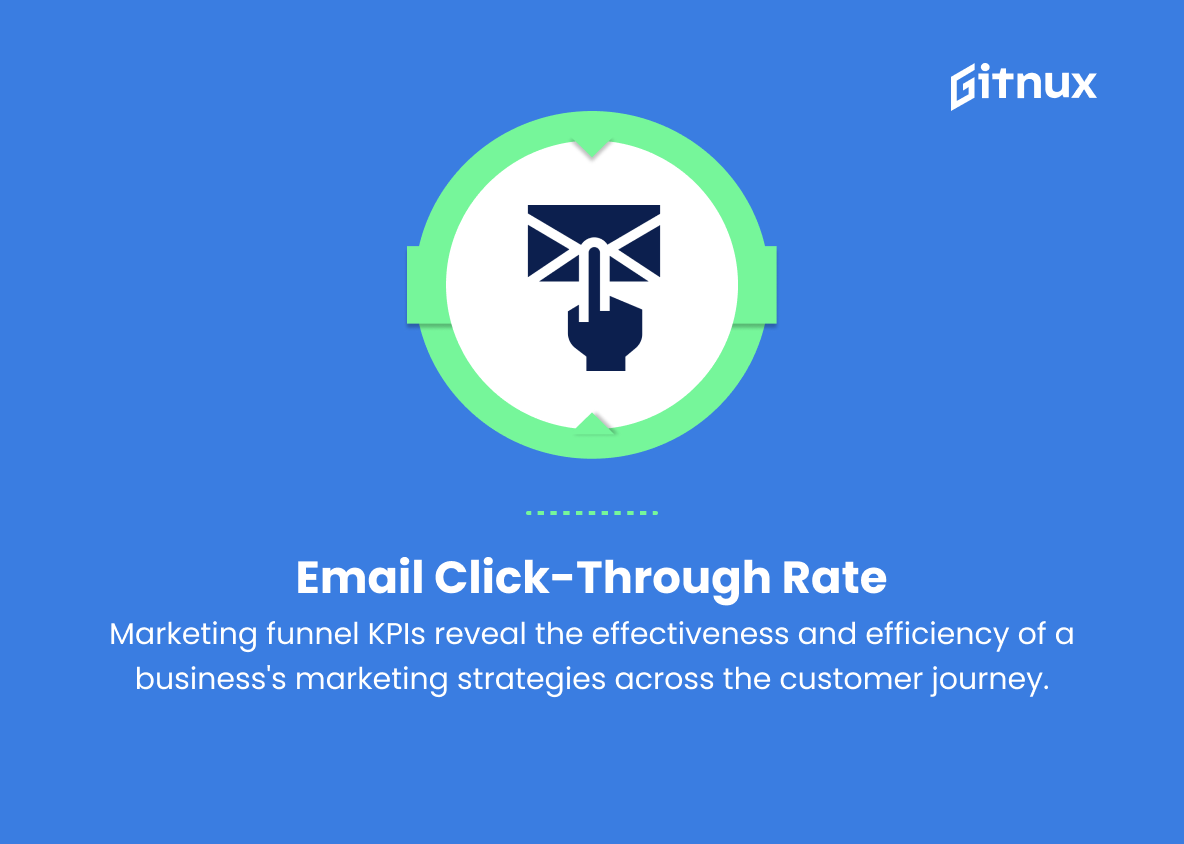In today’s bustling digital world, businesses large and small are constantly striving to optimize their marketing strategies to effectively reach, engage, and convert potential customers. At the very heart of every successful marketing strategy lies a well-structured and optimized marketing funnel. Understanding the intricacies of this vital component is crucial in order to deliver a steady stream of leads, nurture relationships with prospects, and ultimately drive sales.
In this blog post, we will delve deep into Marketing Funnel Key Performance Indicators (KPIs) and examine their critical role in assessing the performance of your campaigns, identifying areas for improvement, and achieving your overall marketing objectives. From the seemingly overwhelming myriad of available KPIs, we will guide you in selecting the most relevant and valuable ones for your business, ensuring that you can effectively harness the power of data and analytics for a truly results-driven marketing approach.
Marketing Funnel KPIs You Should Know
1. Brand awareness
Measures the visibility of the brand across the target audience. Indicates how often your brand is being discussed, mentioned, or seen across various platforms.
2. Website traffic
The number of unique visitors to your website, an indicator of the success of marketing efforts in driving people to visit the site and potentially engage with your product or service.
3. Click-through rate (CTR)
Measures the percentage of users who click on your ads or marketing campaign content. A high CTR indicates that your messaging is resonating with your target audience.
In today’s bustling digital world, businesses large and small are constantly striving to optimize their marketing strategies to effectively reach, engage, and convert potential customers.4. Cost per click (CPC)
The average amount you pay for each click on your ads. A lower CPC means more efficient ad spending.
5. Conversion rate
The percentage of visitors who complete a desired action on your site (e.g., filling out a form, making a purchase). A high conversion rate demonstrates effective marketing efforts targeted at the right audience.
6. Cost per acquisition (CPA)
The average amount you spend on acquiring a new customer. A lower CPA indicates a more efficient use of marketing budget.
7. Bounce rate
The percentage of visitors who leave your website after viewing only one page. A high bounce rate could indicate that your marketing messages may not be reaching the right audience.
8. Average time on site
The average time visitors spend on your website. Longer times may indicate that users find your content engaging and are more likely to convert.
9. Retention rate
The proportion of customers who continue to engage with your brand after their initial purchase. Higher retention rates indicate customer satisfaction and loyalty.
At the very heart of every successful marketing strategy lies a well-structured and optimized marketing funnel.10. Return on investment (ROI)
Measures the effectiveness of your marketing efforts by comparing the revenue generated to the costs incurred.
11. Social media engagement
The number of likes, shares, and comments generated by your brand’s social media content. High engagement levels indicate that your audience finds your content appealing and shareable.
12. Lead-to-customer ratio
Measures the proportion of leads who convert into customers. This KPI helps gauge the effectiveness of marketing campaigns in driving actual business growth.
13. Customer lifetime value (CLV)
Represents the total revenue generated by a customer throughout their relationship with your brand. A higher CLV suggests more profitable long-term relationships with customers.
14. Email open rate
The percentage of recipients who open your marketing emails. A high open rate implies that your email marketing efforts are successful in capturing recipients’ attention.
15. Email click-through rate (CTR)
The percentage of recipients who click on links within your marketing emails. A high email CTR indicates that your messaging is engaging and motivating recipients to take the desired action.
Marketing Funnel KPIs Explained
Marketing funnel KPIs are essential in understanding the effectiveness and efficiency of marketing strategies employed by a business, as they provide insights into different stages of the customer journey. Brand awareness helps gauge the reach and recognition of a brand in the target market, while website traffic indicates how successful marketing efforts are in attracting potential customers.
Click-through rates and cost per click allow businesses to evaluate the resonance of their messaging, while conversion rates and cost per acquisition demonstrate the effectiveness of the marketing strategies in attracting customers and addressing their needs. Other KPIs such as bounce rate, average time on site, and retention rate reveal user engagement and satisfaction levels. The lead-to-customer ratio measures the impact of marketing efforts on actual business growth, while customer lifetime value reflects the profitability of long-term customer relationships.
Finally, email open rates and click-through rates help assess the success of email marketing campaigns, indicating how well they capture the attention of the target audience and motivate them to take action. Overall, these marketing funnel KPIs provide valuable information for businesses to optimize their marketing efforts and maximize return on investment.
Conclusion
In conclusion, it is critical for businesses to effectively track and analyze their marketing funnel KPIs to ensure they are making informed decisions and maximizing ROI. By understanding and monitoring the essential KPIs such as customer acquisition cost (CAC), conversion rates, lead metrics, and customer lifetime value (CLTV), businesses can identify areas for improvement and optimize their marketing efforts.
Remember, the ultimate goal of analyzing these KPIs is to create a clear and efficient path for leads to become loyal customers. It’s time to invest in understanding and tracking your marketing funnel KPIs to drive growth and push your business forward with a data-driven approach.
